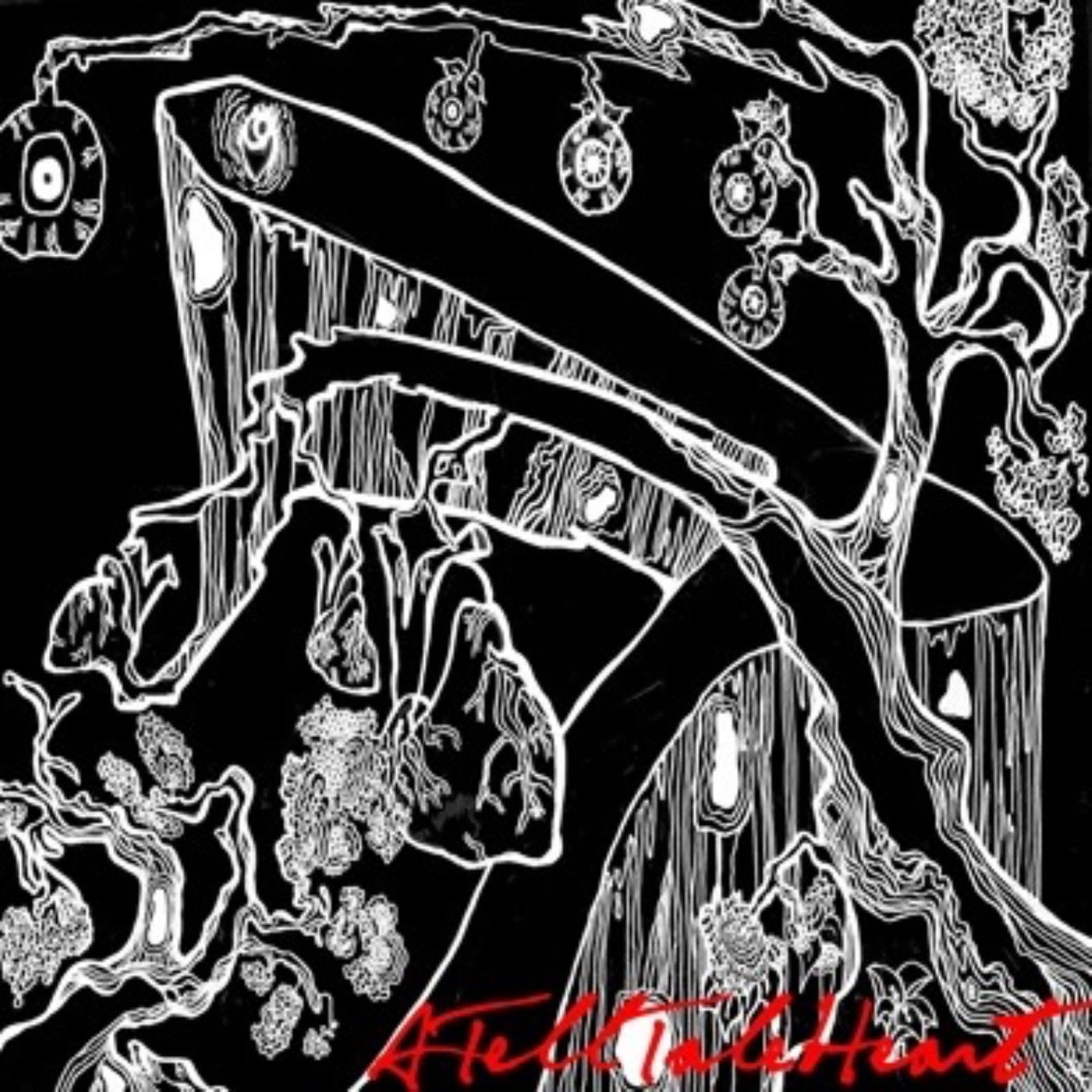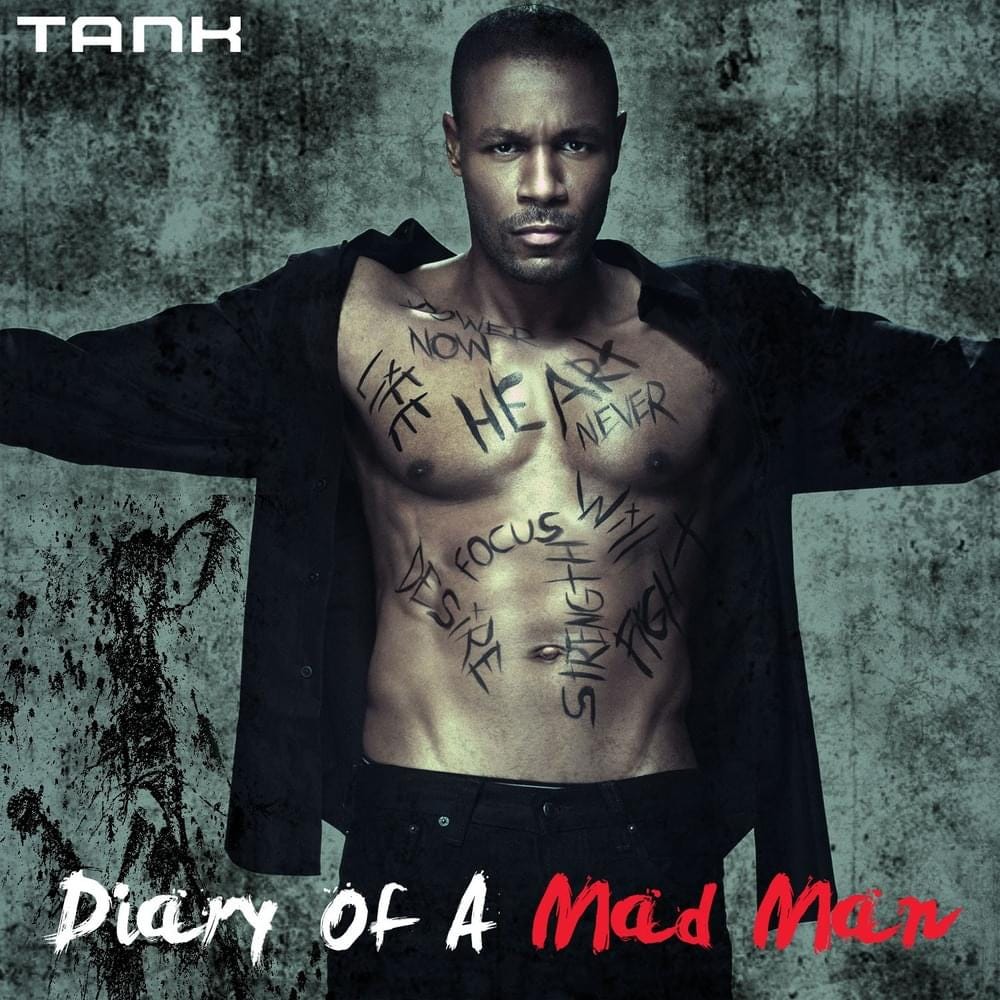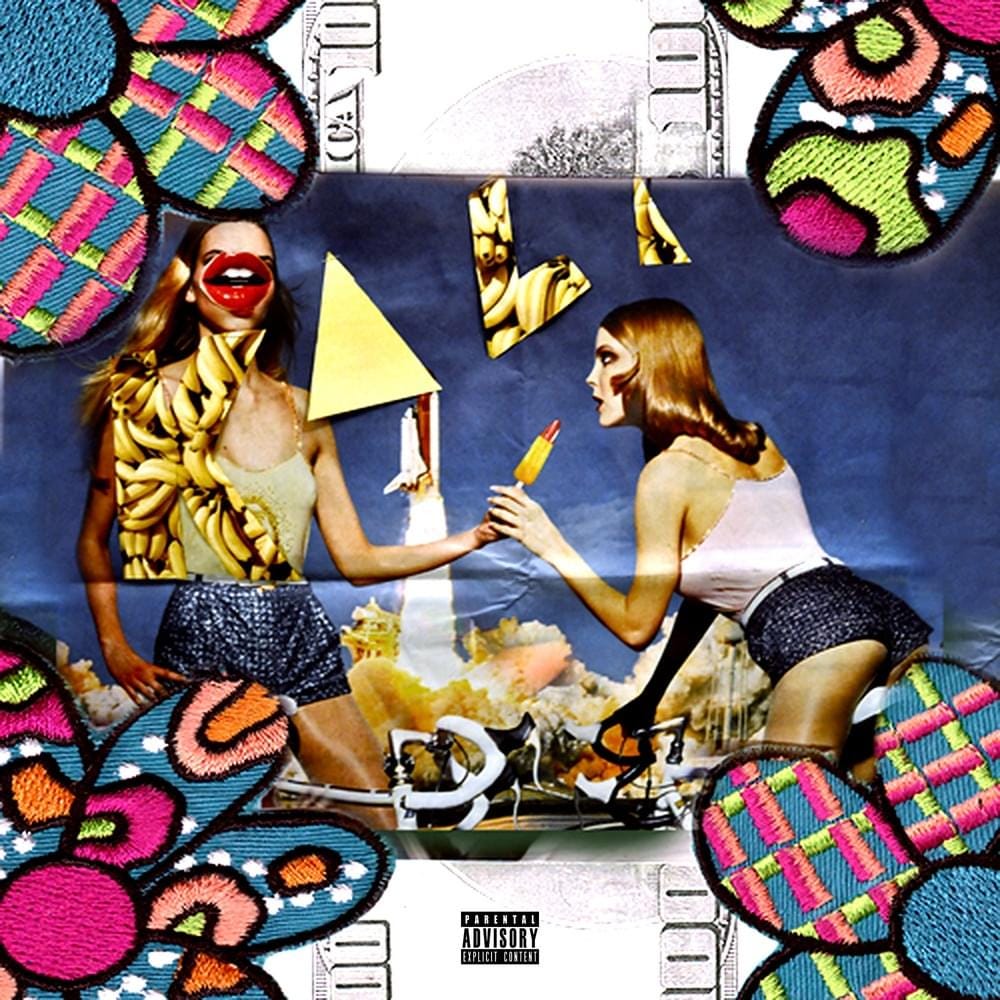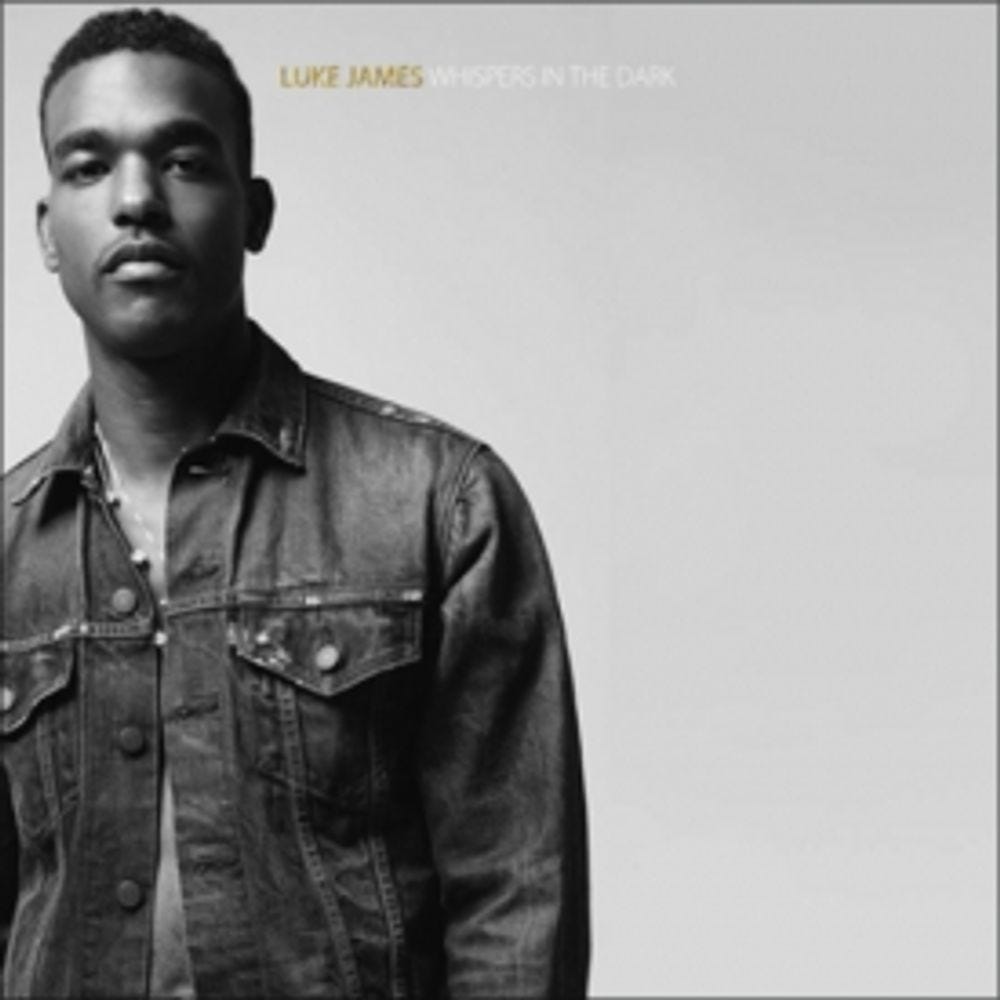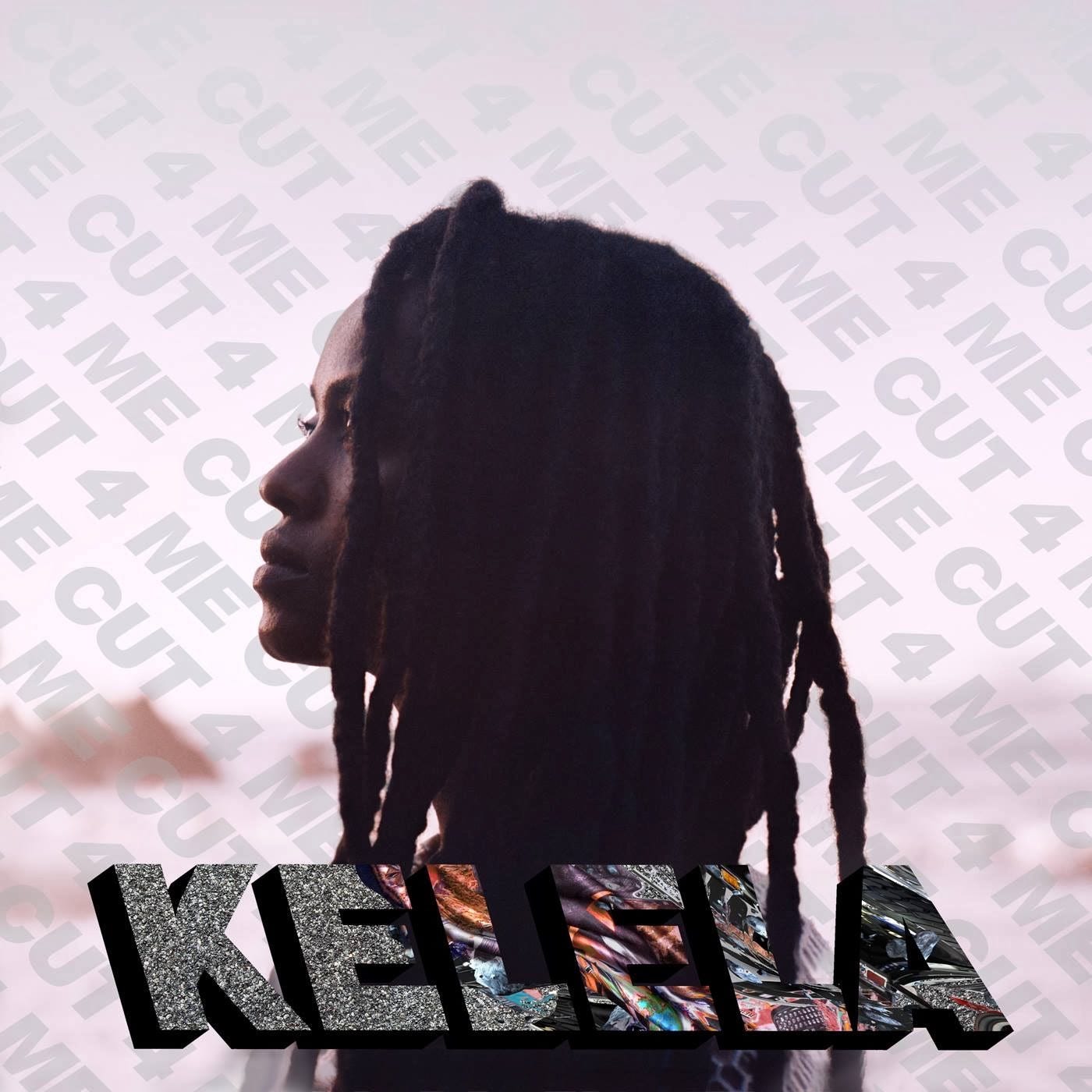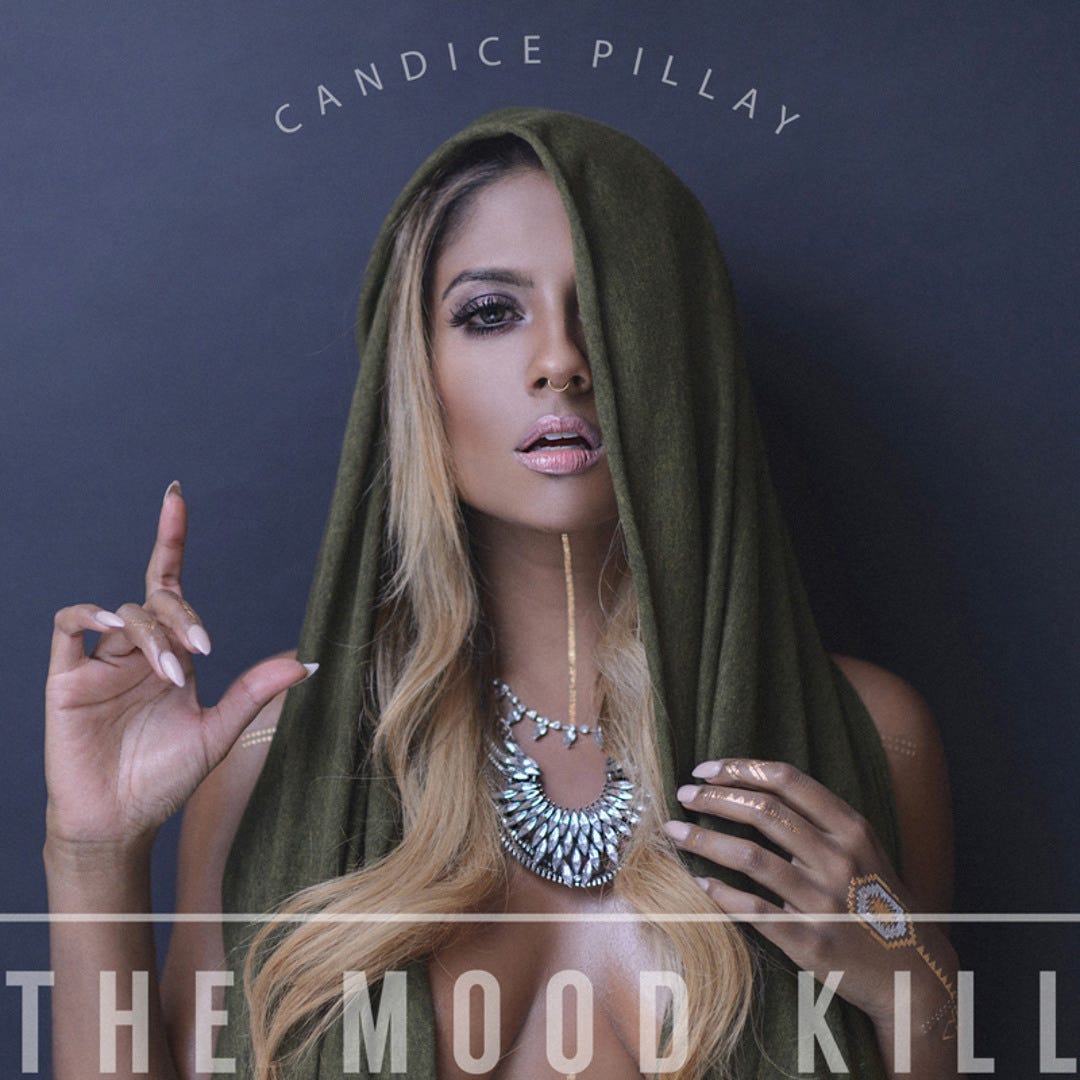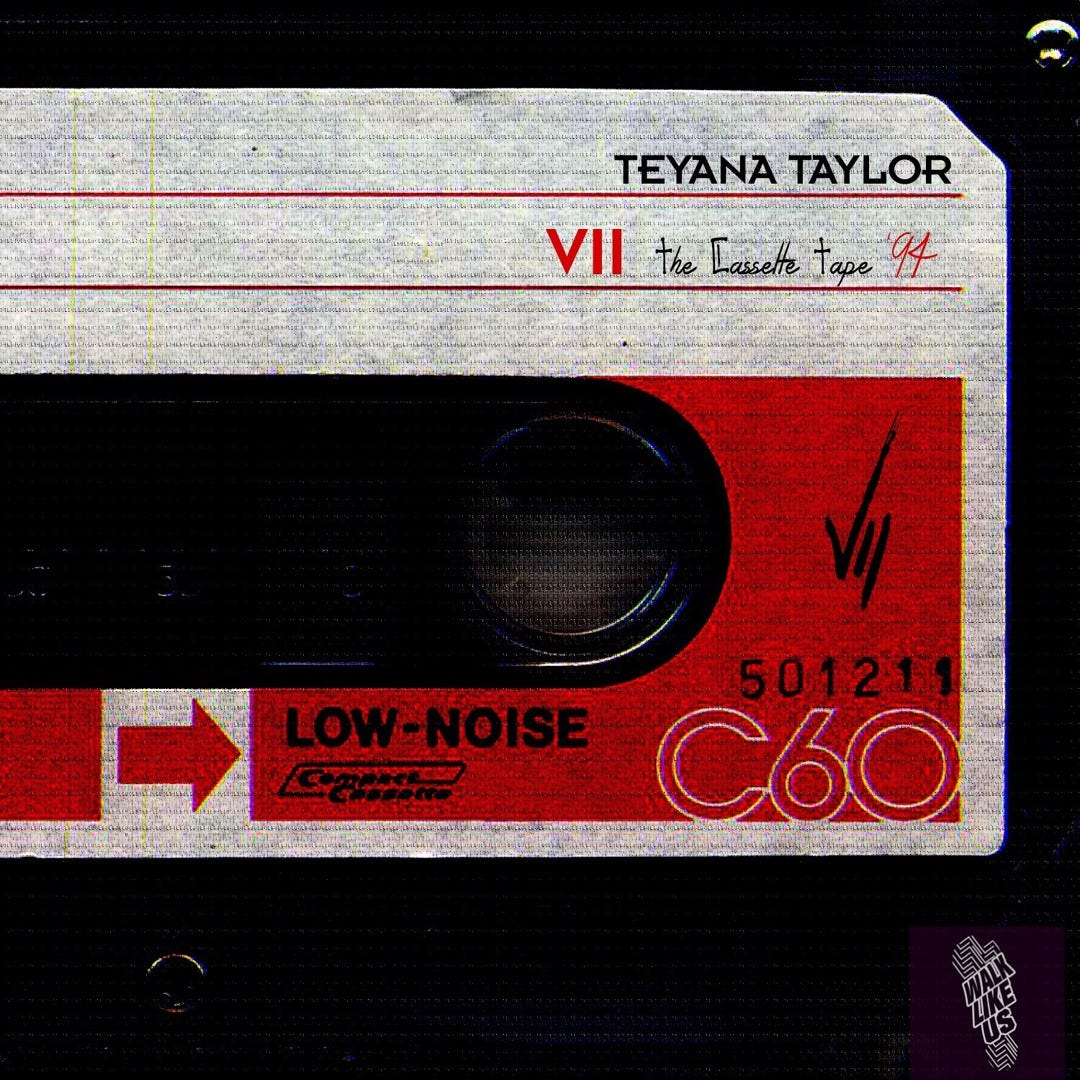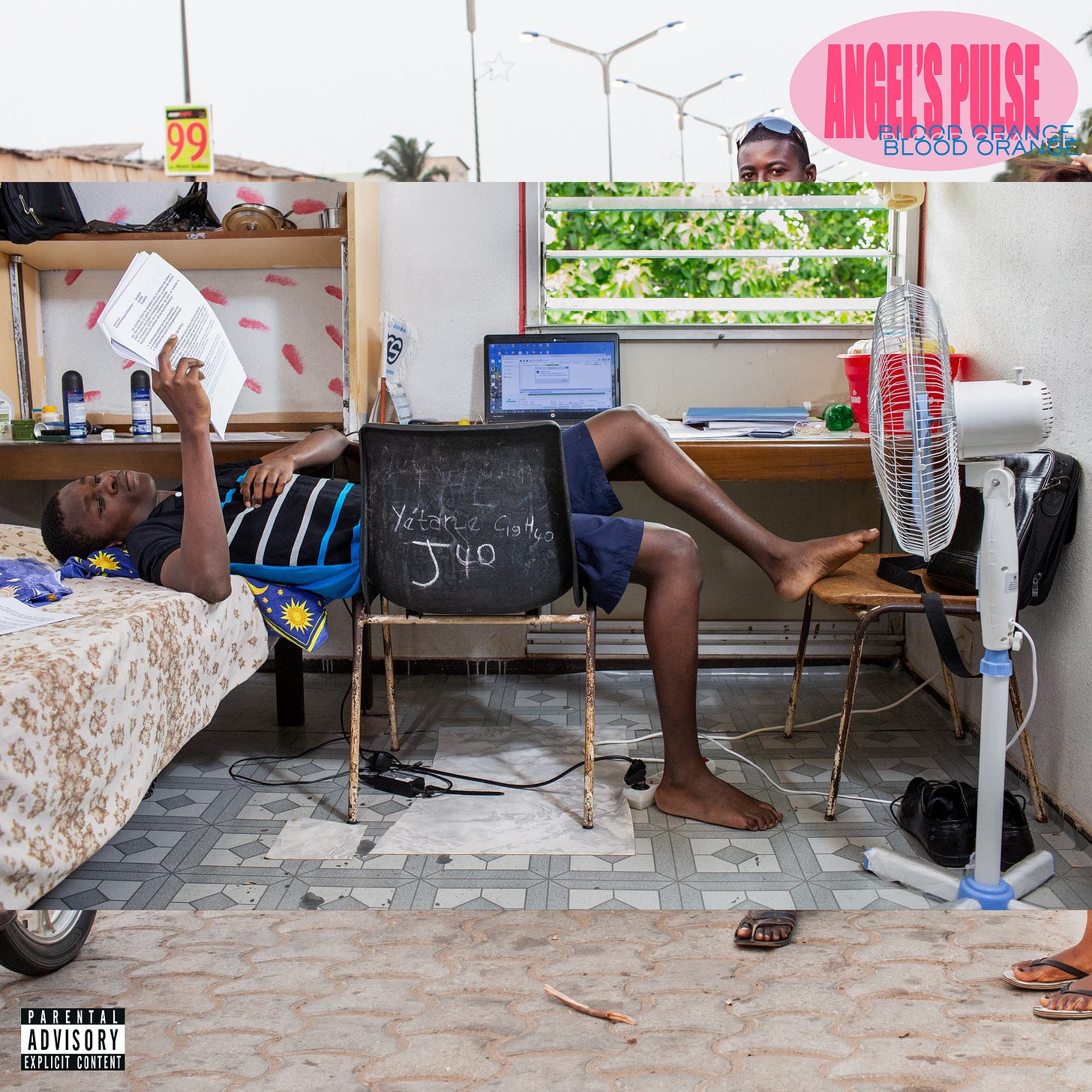The Best R&B Mixtapes You Might’ve Missed In the 2010s
The 2010s produced a quiet flood of R&B tapes that redirected the genre through bedrooms, label boardrooms, and avant-garde club basements. Let’s see if you remember these eight mixtapes.
The 2010s produced a quiet flood of R&B tapes that redirected the genre through bedrooms, label boardrooms, and avant-garde club basements. From Dawn Richard’s post-Danity Kane manifesto to Blood Orange’s quilt of half-remembered grooves, these projects extended R&B’s vocabulary without waiting for industry permission. The list you’re about to read carries a distinct pulse, where some brood over fretless bass and industrial thumps, others orbit dusty doo-wop or chopped jazz chords, but all show artists testing ideas that formal albums sometimes can’t risk. What follows is a set of eight deep dives, each featuring core memories of these mixtapes, designed to highlight the detail and intent that made these releases too important to overlook.
Dawn Richard: The Prelude to a Tell Tale Heart
From the very moment you press play, there’s a sense of Dawn Richard reclaiming the room for herself—no audience expectations, no group dynamics, just a woman sorting through both ambition and memory, and turning those into vivid, almost tactile sound. What’s striking isn’t just her willingness to experiment, but the way she makes those experiments feel personal, as if every flourish, every abrupt transition, and every stacked harmony is a private note you’re being trusted to hear. The project is full of moments where she sets up a groove, and then veers left, peeling back the layers until there’s little left but her voice and a threadbare chord. Yet, even those bare moments shimmer; there’s nothing ornamental or detached here. On a track like “Superman,” you get that sense of late-night creative burst—the sort that happens when you’re working alone, chasing down a hook, and letting it unravel on its own terms. That groundswell let her dodge nostalgia circuits and pivot into the shapeshifting “Heart” album trilogy that would follow, but the mixtape stands on its own as an early proof that futuristic R&B could still bleed.
Tank: Diary of a Mad Man
What sticks with you about Diary of a Mad Man isn’t just the grit of Tank’s vocal or the unapologetic heaviness of the subject matter, but how the tape feels like the product of a season spent facing down all the ways love, money, trust, and ego get tangled up when nobody’s there to play referee. From the jump, Tank lets the bruises show, using his signature runs not to dazzle or seduce, but to underscore a kind of stubborn, lived-in pain. Tank pushes himself beyond the usual bedroom R&B into a space that’s just as much about confession as it is about catharsis. He doesn’t flinch when the narrative gets ugly, and that’s the heart of this tape. He writes, produces, and sometimes raps, most vividly on “I Be On One,” where he trades verses with Luke James and swerves through double-time cadences while a piano stalks beneath. There’s something about his delivery, especially on the tape’s lower moments, that feels like someone sorting through the aftermath of a fight and not being sure who really won. It isn’t interested in the neatness of redemption or closure, but instead, the project settles into the complexity of still being angry, still loving, still wanting answers.
Kali Uchis: Drunken Babble
Kali Uchis builds her own universe out of stray chords, vintage R&B snippets, bursts of doo-wop, and the kind of spoken asides that make you feel like you’re in the same room, eavesdropping on a night that refuses to end. She’s equally at ease in Spanish and English, refusing to compartmentalize any piece of herself, which means the tape jumps from language to language and mood to mood with the kind of effortless self-assurance that only really comes from being utterly unconcerned with approval. “Chimichanga” swings like Chicano rap mutated by bedroom psychedelia, while “Table for Two” rolls out a hushed dub echo that lets her phrasing hang in the air like secondhand smoke. That elastic curiosity would later define her albums, but this tape captures the moment curiosity first ran the room. When you come out the other side, you realize that her “babble” isn’t chaos, it’s a declaration of independence—a sound that’s not quite finished but not really meant to be, and that’s what gives it its magic.
Luke James: Whispers In the Dark
There’s a stillness at the center of Whispers In the Dark that you don’t find often in R&B tapes, an ability to command attention not by flexing every note, but by letting space and silence speak for themselves. Luke James opens in near-quiet, his falsetto barely above a whisper, and you immediately sense that he trusts the listener to come closer, to meet him where he is rather than be dazzled from a distance. Throughout, James rides a fine line between vulnerability and restraint, never overselling pain or desire, but letting the cracks and hesitations in his delivery tell their own stories. “Hurt Me” and “Be Bad” play like confessions that were rehearsed only enough to avoid total unraveling, while “Strawberry Vapors” is all atmosphere—misty and reflective, like driving through a city after midnight with nothing but your thoughts to fill the air. The harmonies are soft, but intentional, each one layered in with the patience of someone who knows you can’t rush revelation.
Kelela: Cut 4 Me
Rather than trying to fill every moment with hooks, Kelela uses restraint as a kind of drama, circling around the groove, letting her phrasing stutter and spill into the cracks of the beat. Cut 4 Me is a study in tension with the thrill of letting your voice break through the cool armor of experimental club music, then pulling it back again before you ever risk cliché. What’s most striking is the emotional clarity she brings to music that could easily go ice-cold or academic, as she never lets production tricks get in the way of human feeling. “Enemy” and “Cherry Coffee” are perfect examples of how she builds intimacy out of distance, never over-singing but never retreating either. The tape as a whole feels built for nighttime. Not the party, but the ride home, when you’re left to process what just happened. Kelela’s not chasing trends or making concessions here; she’s plotting her own coordinates, and in doing so, invites you to find yourself somewhere inside that map.
Candice Pillay: The Mood Kill
There’s a lived-in late-night honesty to Candice Pillay that feels like letting your guard down, not because you want to, but because you can’t help it. The Mood Kill plays like a series of voicemails recorded at an hour when most people have already gone to bed, the world outside dark and silent except for the thoughts that refuse to settle. “Poor Girl” is pure ache: her voice threads through minimalist production, skirting melody in favor of something more urgent, raw, slightly bruised, but impossible to look away from. When she leans into a melody, as on “Maybe,” it feels like a risk, a vulnerable offering. The textures are smoky, occasionally harsh, but never artificial; everything here is rendered with the directness of someone who isn’t worried about whether you find her likable. You get the sense these songs were made as much for her as for an audience—self-soothing, self-confronting, unvarnished.
Teyana Taylor: The Cassette Tape 1994
With The Cassette Tape 1994, it isn’t so much a throwback as it is a personal archive—Teyana Taylor’s recollection of what made R&B feel so necessary in the first place. She doesn’t treat the ‘90s as an aesthetic or a costume; instead, the tape feels like a favorite memory, dusted off and re-lived with fresh confidence. The drum programming and vocal stacking pay homage to New Jack Swing and quiet storm, but the details, snippets of conversation, and the interplay with Iman Shumpert give it a warmth that never slips into pastiche. Taylor’s voice, always more forceful than it gets credit for, handles these grooves with both reverence and attitude, never letting nostalgia overtake personality. Rather than settling into one mood, the tape darts between flirtation, reflection, longing, and pride, finding new energy in every pivot. Even the love songs feel grounded, lived-in, as if drawn from actual moments rather than borrowed tropes. She’s not trying to re-create a moment in music history—she’s claiming her place in it, insisting that her story fits among the classics.
Blood Orange: Angel’s Pulse
Dev Hynes, under the Blood Orange name, creates on Angel’s Pulse a world that feels less like an album and more like a collection of postcards sent from different corners of a restless, beautiful mind. A GQ profile described Dev Hynes “zip-lining” across genre and geography, an apt summary of how “Gold Teeth” flips Project Pat cadences into whispered chorales while Gangsta Boo anchors the bottom end. Collabs with Toro y Moi and Kelsey Lu blur cameo and co-lead; Hynes often retreats into background vocals or whispered ad-libs, letting guests carry melody while he paints around them with synths that decay at the edges. There’s a generosity in that, a willingness to let the music be what it wants, even if that means leaving questions unanswered or transitions unresolved. Angel’s Pulse isn’t about arrival, it’s about movement, discovery, and the pleasure of wandering.


